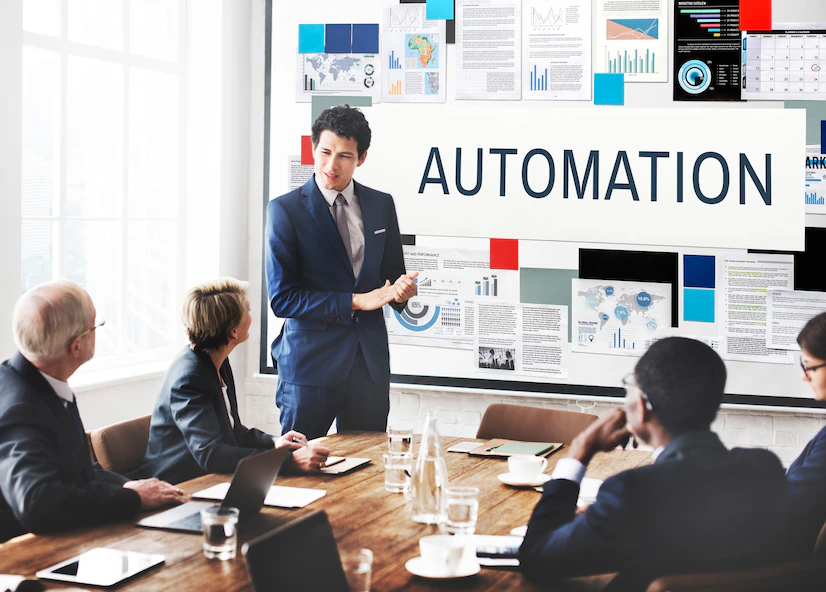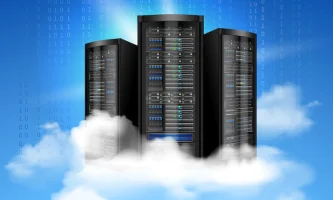Effective Ways To Track Your Employees’ Work

Many employers complain, “It’s impossible for me to monitor the project progress on a consistent basis.” And they can’t keep tabs on their staff’s work progress while they are still getting their own tasks done. This is a very serious point. Not only for project tracking. For encouraging and appreciating the employees’ work and progress, tracking is required.
How To Recover The Problem In Tracking Employee’s Work?
After the pandemic, most managers were suddenly in charge of multicultural teams. Time-and-location-based management as a supervisory shortcut is ineffective. But here’s the kicker: For a long time, that has been the case. Not everyone who sits at their desk for hours on end produces quality results.
Even if you and your staff aren’t in the same physical place, there are a number of methods available for keeping tabs on their work. And as you are the boss of the organization, tracking will go to be much easy, and employees must stop crying before returning to employees work.

1. Provide Personnel with Resources to Aid in Self-Monitoring
You can encourage every employee and help them to keep tracking their individual actions by using a self-monitoring tool for project plans, checklists, and activity logs. This will allow employees to assist you in keeping track of their actions.
Employees are able to keep track of whether or not they are fulfilling the objectives and time constraints outlined in a project plan, write notations within checklists, report their findings to the manager at regular intervals, and monitor the employees’ work.
2. Using Timesheet For Employees

Employees are encouraged to keep activity logs, which are similar to diaries in which they record exactly what they accomplish during the day, including any pauses or interruptions. Every time an employee transitions to a new activity, they make a mental note of the current time as well as the activity they are moving on to.
The way of using timesheets for employees is effective, especially since there are applications that automate this process. You don’t have to spend all your time keeping tabs on your team members if you use employee project time-tracking software. This digital time clock is useful for managing staff and tracking the employee’s work in any company, regardless of sector.
2. Conduct Routine Inspections Of The Work Currently Being Done
Monitor the progress of your workers frequently to ensure quality. Observing an employee at work is the same as monitoring their progress toward a goal if they are not accountable for delivering a final product.
Inspect the employee’s work in progress if they are responsible for the final product.
| How Can You Monitor Employee’s Progress? Check random records if the worker handles a database, for instance. Check out the worker’s drafts if they are required to write reports. Listen to a sample of the employee’s phone calls if they are being recorded, and monitor the employee’s work. If the worker is responsible for creating widgets, examine some in-progress examples to gauge their progress. While it would be impossible to monitor every action taken by every employee, occasional checks of small samples could reveal problems. |
3. Make A Request For An Account For Transparency

Ask each employee to work in a one-on-one conversation about what tangible measures they have taken since the last time you spoke with them: “What concrete steps have you taken since our previous conversation?”
Are you aware of the facts which need to be verified before starting the business? This step comes under the analytical part and case study. After that, pay close attention to what is being said, form your own opinions, and ask more in-depth questions.
| Accountability In Employees Matters The most effective way to have someone answer for their acts is to simply inquire about them and request an explanation. After that, we will move on to discussing the following phases. This aspect of monitoring performance will become routine as long as you maintain a consistent schedule of having one-on-one management interactions with each individual on a regular basis to track the employees’ work. |
4. Put Attention Towards Objectives, Not the Time Spent on Them
When it comes to their employees’ work, too many managers are obsessed with micromanaging every detail. That’s not just a waste of time, but it also has a negative effect on morale around the office.
Workers under this leadership style become disengaged and start counting down the hours until they can go home. A well-trained team can function effectively without your constant monitoring.
| What Will A Good Manager Do? When leading a team, focus on the big picture and the end result of each project rather than micromanaging their day-to-day tasks. Associate key performance indicators (KPIs) with each objective and monitor progress in employee work. Celebrate each intermediate objective. Your staff will stay engaged by constantly working toward a new objective and celebrating each small victory along the way. |
Conclusion: Tracking Your Employees Need Planning and Automation

As your organization expands, monitoring individual employees’ productivity will become impractical. Instead, rely on a useful tool. You can make use of the many time tracking, project management, and productivity solutions available today. Integrating a time-tracking system with a program designed to oversee multiple projects simultaneously is a winning combination, along with proper team planning and tracking of the employees’ work.
Additional:













